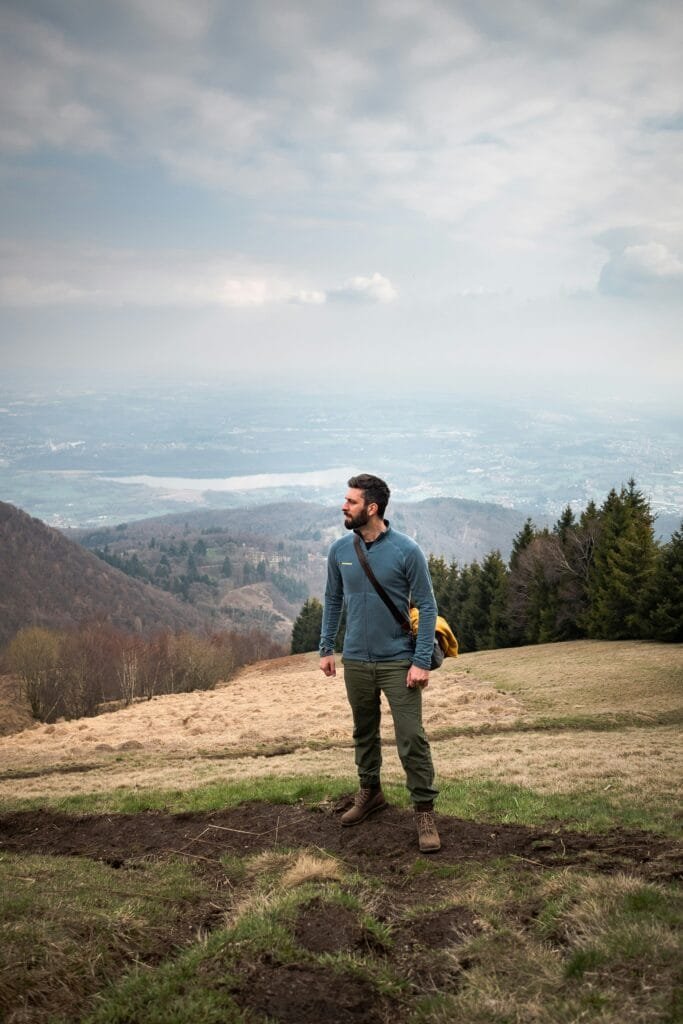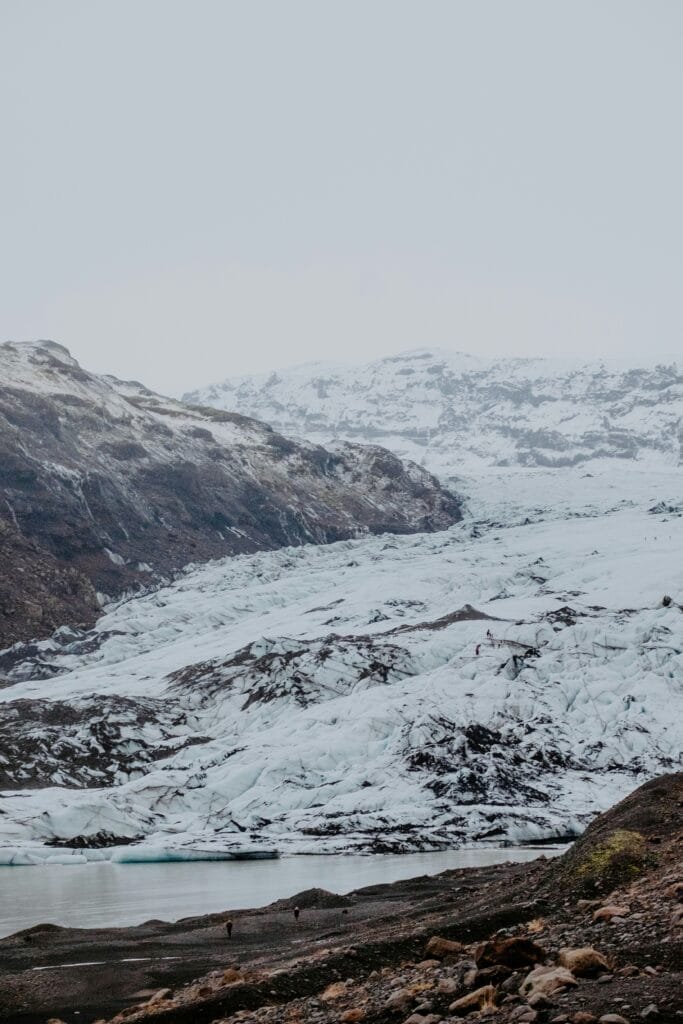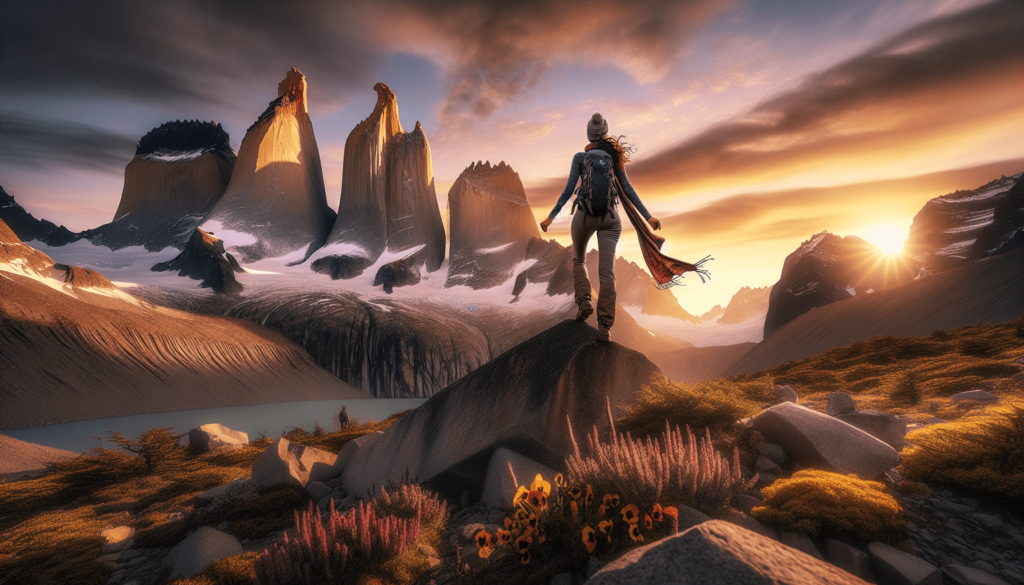What inspires individuals to embark on the rugged trails of Torres del Paine National Park? Nestled within the stunning landscapes of Chilean Patagonia, the park is not merely a stretch of wilderness; it is a tapestry of mountains, glaciers, and vibrant ecosystems that beckon avid trekkers. As one contemplates the allure of this natural wonder, it becomes imperative to understand the essentials of trekking in this remarkable destination.

This image is property of images.unsplash.com.
Table of Contents
Overview
Trekking in Torres del Paine National Park offers a unique opportunity for outdoor enthusiasts to connect with nature in its most pristine form. The park, established in 1959, spans over 242,000 acres and is renowned for its iconic granite peaks, turquoise lakes, and diverse wildlife. Understanding the intricacies of this terrain is crucial for anyone wishing to navigate the extensive trail network while maximizing their enjoyment and safety.
The significance of this guide lies in its ability to condense the vast information surrounding trekking in Torres del Paine into actionable insights. Readers will gain a comprehensive understanding of the trails, weather conditions, necessary gear, and the environmental impact of trekking in this pristine wilderness.
Historical Context
The history of Torres del Paine is rich and varied, steeped in the tales of indigenous peoples, expeditions, and conservation efforts. The Tehuelche people originally inhabited the region, drawing sustenance from the land long before European explorers arrived. In the late 19th century, the park’s unique landscapes began to capture the attention of explorers and scientists alike. Notably, the park was officially designated a national park in 1959, marking the beginning of conservation initiatives aimed at preserving both its natural beauty and ecological integrity.
Over the decades, Torres del Paine has transformed from a remote, wild territory into a celebrated trekking destination that attracts more than 250,000 visitors annually. This influx has necessitated a focus on sustainable tourism practices, as the delicate ecosystems of the park have become increasingly vulnerable to the impacts of human activity.
Current Trends
In recent years, the hiking scene in Torres del Paine has evolved markedly, influenced by growing awareness about environmental sustainability and the preferences of modern trekkers. The trend toward eco-conscious tourism remains at the forefront, with an increasing emphasis on low-impact camping and responsible wildlife observation. Many trekking companies now incorporate Leave No Trace principles into their operations, promoting practices that minimize ecological footprints.
Another noteworthy trend is the rise of guided treks. While self-guided trekking remains popular, more individuals are preferring professional guides to enhance their experience. These guides offer valuable knowledge about local flora and fauna, geological formations, and cultural insights. This shift not only enriches the trekking experience but also supports local economies.
Additionally, innovations in trekking gear and technology have enhanced safety and comfort for trekkers. From lightweight tents to advanced navigation devices, modern equipment enables individuals to enjoy longer and more diverse treks in the park.
Key Concepts and Definitions
Understanding a few key concepts related to trekking will facilitate a safer, more enjoyable experience in Torres del Paine.
Trekking Routes
The park boasts several well-marked trekking routes catering to different skill levels. The most popular routes include the W Trek and the O Circuit, each offering distinct landscapes and experiences.
Leave No Trace
This principle emphasizes minimizing human impact on natural environments. It encourages practices such as packing out waste, staying on marked trails, and respecting wildlife.
Base Camps and Refugios
Accommodations within the park range from campsites to refugios (mountain lodges). Each option varies in amenities, from basic dormitory-style lodging to more comfortable sleeping quarters with meals provided.

This image is property of images.unsplash.com.
Breaking It Down: The Trekking Options
Torres del Paine National Park presents several trekking options, each with its unique challenges and rewards.
The W Trek
This segmented trail, named for its W shape, is approximately 80 kilometers long and typically takes four to five days to complete. It showcases the park’s most iconic formations, including the Towers of Paine and the French Valley. Trekkers typically start from the trailhead at Refugio Las Torres, making it manageable even for intermediate hikers.
Day 1: Las Torres Base
The trek starts with a steep ascent of about 1,000 meters to the base of the stunning granite towers, offering breathtaking views.
Day 2: Valle del Francés
Trekking through the beautiful French Valley, this segment presents a vibrant tapestry of flora, glaciers, and dramatic cliffs.
Day 3: Glacier Grey
The trek culminates with breathtaking views of Glacier Grey, where trekkers can marvel at massive icebergs drifting in the turquoise waters.
The O Circuit
For those seeking a more challenging adventure, the O Circuit offers a comprehensive 130-kilometer loop around the park. This trek typically requires 8-10 days to complete and provides an opportunity to experience the park’s more remote areas.
Unique Features
The O Circuit includes all the highlights of the W Trek while also venturing into less-trafficked areas, such as the John Garner Pass. The demanding terrain rewards trekkers with solitude and a deeper connection with nature.
Case Study 1: Guided vs. Self-Guided Trekking
A recent survey conducted by the Chilean National Tourism Service (SERNATUR) revealed that a significant percentage of trekkers opt for guided tours, citing safety and knowledge as primary motivators. One such trekking company, Eco Patagonia, emphasizes sustainable campsite practices in its guided tours.
In a side-by-side comparison, guided trekkers benefitted from expert insights into the local ecosystem, safety tips during challenging sections, and access to areas not typically explored by solo trekkers. While self-guided trekkers enjoy autonomy, they often miss the enriching narrative that accompanies a guided experience. This case study illustrates the value of guided trekking experiences, particularly in complex environments such as Torres del Paine.

This image is property of images.unsplash.com.
Case Study 2: Environmental Awareness in Trekking
The rise in eco-conscious tourism in Torres del Paine is further exemplified by the initiatives implemented by local conservation groups. For instance, the “Green and Clean Paine” movement encourages trekkers to carry out waste and monitor their ecological footprints. Programs such as these have led to a marked reduction in litter and increased general awareness of the park’s environmental significance.
The success of these initiatives underscores the potential for individual action to influence broader environmental outcomes, emphasizing the shared responsibility of all visitors to protect this natural wonder.
Different Points of View:
An examination of various perspectives surrounding trekking in Torres del Paine reveals diverse opinions on aspects such as environmental conservation, tourist impact, and access to the park.
| Perspective | Viewpoint |
|---|---|
| Local Communities | Advocate for sustainable tourism that benefits their economy. |
| Environmentalists | Promote stringent conservation measures to protect ecosystems. |
| Tour Operators | Support eco-tourism while focusing on safety and accessibility. |
| Government Officials | Balance tourism growth with conservation efforts and infrastructure development. |
| Trekkers | Seek enjoyable, immersive experiences while respecting natural surroundings. |

Impact Assessment
The differing viewpoints highlight crucial complexities in managing tourism within Torres del Paine. Local communities often advocate for sustainable tourism practices that bolster their economies while conserving rich ecosystems. Conversely, environmental organizations call for protective measures to avert the degradation of trails and wildlife habitats.
Recent statistics from the Chilean government indicate that responsible tourism initiatives have shown positive correlation with increased traveler satisfaction. Additionally, areas of the park previously designated as off-limits to ensure ecological restoration are now witnessing a resurgence in biodiversity—an outcome fostering a renewed commitment to sustainability among all stakeholders involved.
Future Directions and Implications
Predictions for Trekking in Torres del Paine
The future of trekking in Torres del Paine undoubtedly leans towards a heightened focus on sustainability. As global awareness of climate change and environmental degradation increases, visitors to the park will likely demand more eco-friendly options and transparent practices from trekking companies.
Moreover, advancements in technology, such as mobile applications for trail navigation and wildlife identification, are expected to emerge, enhancing trekkers’ experiences while promoting conservation efforts.
Broader Implications
The implications of these trends extend beyond Torres del Paine—serving as a model for sustainable tourism practices globally. If successes in eco-conscious trekking can be replicated in other natural marvels worldwide, it could lead to a paradigm shift in how tourism interacts with nature.
Summarily, an individual’s trek through Torres del Paine represents more than merely traversing breathtaking landscapes; it embodies choices that influence environmental stewardship and the sustainability of future explorations.

Conclusion
The allure of Torres del Paine National Park lies not only in its majestic landscapes but also in its rich tapestry of cultural history and ecological significance. Throughout this detailed exploration, it becomes evident that sustainable trekking practices are vital for the preservation of such an extraordinary environment. Visitors have a unique opportunity to not only witness the natural beauty of the park but also participate in its conservation.
In summarizing the various hiking options, the importance of responsible trekking practices, and the diverse perspectives on park management, it becomes clear that every journey through Torres del Paine contributes to broader discussions on environmental stewardship.
What thoughts linger about the experiences that await within the park’s awe-inspiring wilderness? The opportunity to engage with such a magnificent landscape emphasizes a shared responsibility as stewards of nature. Fostering this ethos among visitors enhances the legacy of managing one of the world’s most picturesque natural reserves.
In seeking further knowledge about this compelling destination or other travel resources, readers are encouraged to remain engaged and informed. Sustainable trekking practices will ensure that this wonderland endures for generations to come.
Credible Sources
- Chilean National Tourism Service (SERNATUR)
- Eco Patagonia
- Local conservation groups and environmental reports
- Tourism and environmental statistics from Chile’s Ministry of Environment
- Academic articles on trekking practices and sustainability in national parks
By utilizing these resources, readers can enhance their understanding and appreciation of Torres del Paine National Park while preparing for their trekking adventures.
Explore the wonders of the wild on a safari adventure in South Africa
